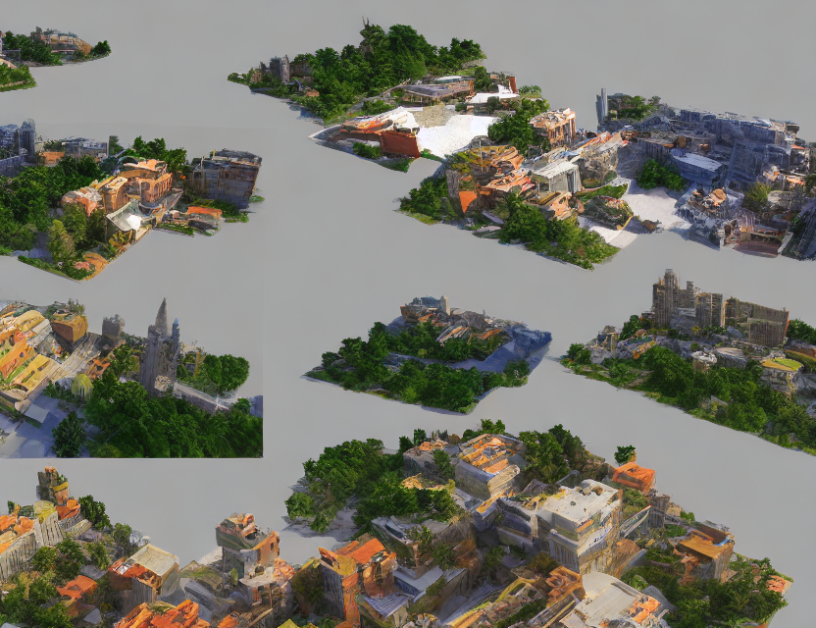In this article, we will delve into the world of neural graphics primitives and their applications in computer vision. Neural graphics primitives are a novel approach to representing 3D scenes using neural networks, which can generate high-quality images of complex scenes with minimal computational resources. The key idea behind these primitives is to represent 3D scenes as a set of simple geometric shapes, such as spheres, cubes, and cylinders, that are combined in various ways to form more complex objects.
One of the most promising applications of neural graphics primitives is in the field of computer vision. By using these primitives, researchers have been able to develop new techniques for tasks such as image synthesis, object recognition, and scene understanding. For instance, NeRF (Mildenhall et al., 2020) is a popular neural graphics primitive that can generate high-quality images of complex scenes from a small number of input samples.
Another important application of neural graphics primitives is in the field of computer graphics. These primitives can be used to create realistic models of objects and scenes, which can then be used in various applications such as video games, virtual reality, and architecture. For example, EnVIDR (Liang et al., 2023) is a neural graphics primitive that uses a fully connected architecture to represent a scene, allowing for the creation of highly detailed models of complex scenes.
One of the main advantages of neural graphics primitives is their ability to handle complex and dynamic scenes with ease. Unlike traditional computer graphics techniques, which require a large number of samples to generate high-quality images, neural graphics primitives can use a small number of input samples to generate highly detailed models of complex scenes. This makes them particularly useful for tasks such as image synthesis and object recognition, where the scene may be dynamic or partially occluded.
However, one of the challenges facing researchers in this field is the lack of efficient algorithms for training neural graphics primitives. Current methods can be computationally expensive and require large amounts of data to train the models effectively. As a result, there is a need for more efficient algorithms that can train these models quickly and accurately.
In conclusion, neural graphics primitives represent a promising new approach to computer vision and computer graphics. By using these primitives, researchers have been able to develop new techniques for tasks such as image synthesis, object recognition, and scene understanding. While there are still challenges facing this field, the potential applications of neural graphics primitives make them an exciting area of research with significant potential for advancing our understanding of complex scenes and improving our ability to generate high-quality images of these scenes.
Computer Science, Computer Vision and Pattern Recognition
Neural Differentiable Rendering of Multiview Scenes



